
2018 marked the one-decade anniversary of the major app stores. The huge growth in the number of apps is a fascinating phenomenon to witness.
With an annual growth rate of 28% the mobile apps market is the fastest-growing segment of the mobile economy.
The gigantic leap in hardware development has seen apps mature over time and deliver greater functionality via better user interfaces. Accordingly to Litslink.com the value of mobile apps will only increase in the coming years. This is primarily due to the constantly growing number of users of mobile devices and the availability of mobile Internet around the world.
Let us take a look at the trends in mobile app development in 2019.
Augmented Reality
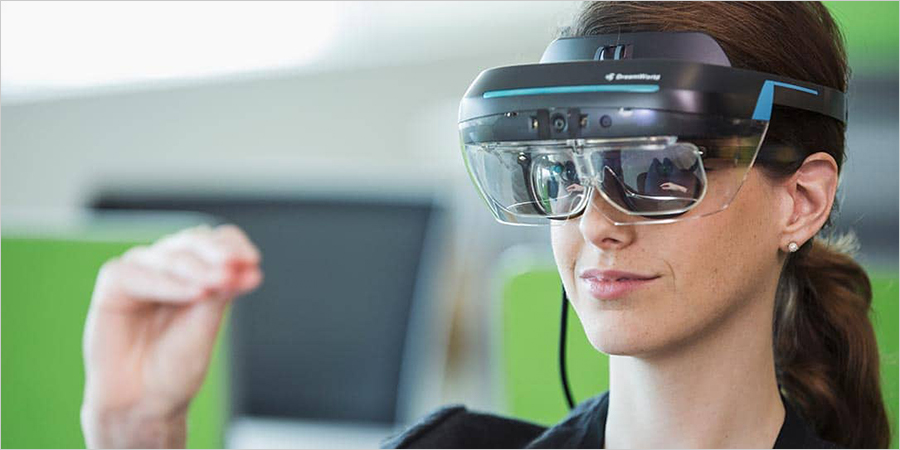
AR and VR technologies have come a long way since Ivan Sutherland demonstrated the first AR headset at Harvard in the 1990s. The easy availability of AR headsets that cost at most a hundred dollars and immense popularity of games like Pokemon Go have shown that immersive experience is here to stay.
It is also being investigated by social media platforms as the next growth area since they are beginning to look kind of dated with their walls of text, images, and videos.
Internet of Things
IoT is the future of the internet. And mobile apps cannot ignore this coming revolution. IoT apps will change the way we interact with the world with complete integration in our lives where our devices talk to each other. Thus once you are near your car it will be able to download your calendar and find the best route to your destination without you initiating any action. Google Home and Amazon Echo are just the tip of the iceberg.
As phones which already have Bluetooth, GPS and NFC become more powerful thanks to the new generation of CPUs you will see a whole new range of mobile app development that make your life smoother.
AI Is Here
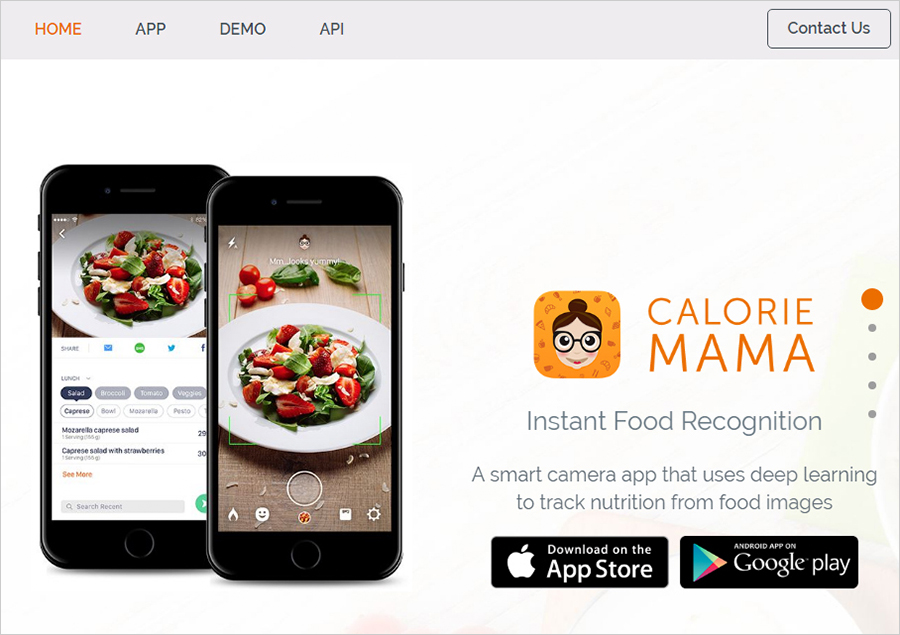
AI-based apps like Calorie Mama which recognizes the picture of your dishes and counts calories are going to be among the latest mobile app development trends in the coming year. It is a solid app that can track your diet and provide suggestions.
Voice assistants such as Google and Siri are already here and will develop further. An innovative project that is an extension of Google Assistant is Google Duplex (still in beta development). The AI-based app will call local restaurants with a human voice and make reservations on your behalf.
ELSA (English Language Speech Assistant) has become one of the most downloaded apps for learning English with a rating of 4.7 on both Google Play Store and Apple Store and Mashable recently rated it as “7 can’t-miss apps”.
Mobile Wallets
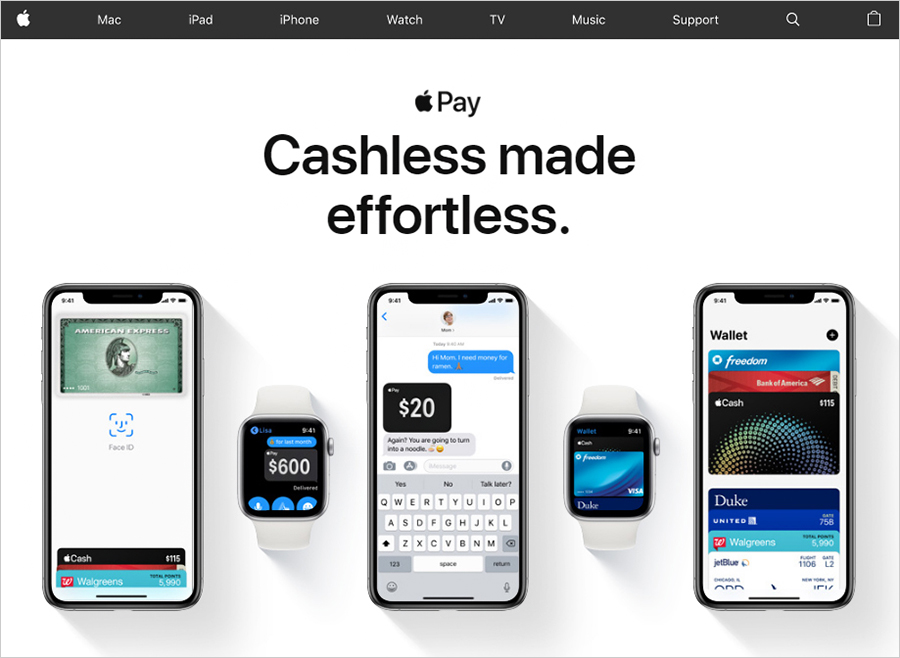
Instead of carrying money in your wallet, “load” it into a digital wallet and pay at the store using NFC or QR code scan. Nothing can be simpler and use of digital wallets from Google Pay, Apple Pay, and Amazon Pay is on the rise. There is no longer any need to carry both a phone and a wallet in many countries.
Very soon credit cards and ATM cards will be a thing of the past if this trend continues.
Biometric Identification

Are you tired of typing in passwords for different apps and websites and banks every time you purchase a phone or format it? Fingerprint scanners will make sure that you never have to remember a password again. Of course, in this case, a 2 step authorization may mean fingerprint and face identification or unique number identification. This is will be an area where some users might have issues with their privacy.
AMP or Accelerated Mobile Pages
Accelerated Mobile Pages and its counterpart Progressive Web Applications are aimed at quick loading of sites and apps for users to experience near-instant response. Due to the fact that browsing is shifting to mobile devices from laptops, developers are integrating AMP and PWA into the existing apps to make application access a seamless process.
Wearables

The trend towards wearables began with Apple Watch and continues with a slew of fitness trackers that are able to play an important part in your daily lives.
Apple Watch which now has its own app store has inspired Zomato and Uber to research into the use of wearable technology to expand their market. Wearable tech devices are expected to grow to 900 million devices in a couple of years.
Beacon Technology Use
Beacon technology which has been around for a while is set to become more visible. Beacon means the use of low power Bluetooth to connect a device to other nearby devices. The first step in this direction was taken by Apple with iBeacon.
What does it do? It will let you know about any discounts that you may be interested in as you stroll through the shopping mall. The growth of proximity marketing is set to begin with new phones using Beacon technology.
On-Demand Service Apps
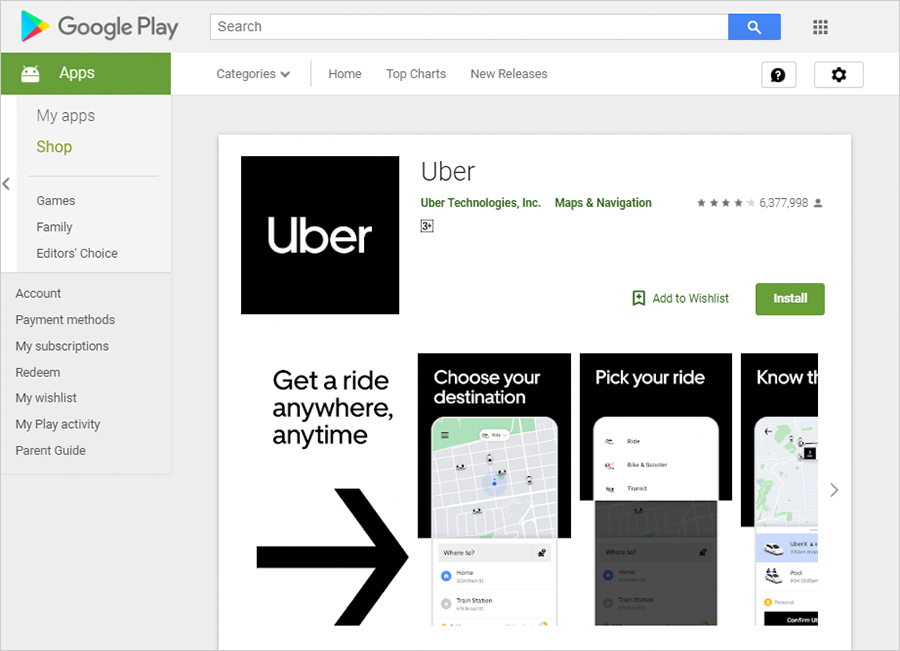
These may also be called intermediary apps and the best example is food delivery apps. Uber was the first example of an on-Demand app and it has since spread its wings to grocery, fashion, and retail. Not only does it allow the consumer easy access to services that they never knew existed from across the town but also helps grow the business that they are buying from.
Mobile Security
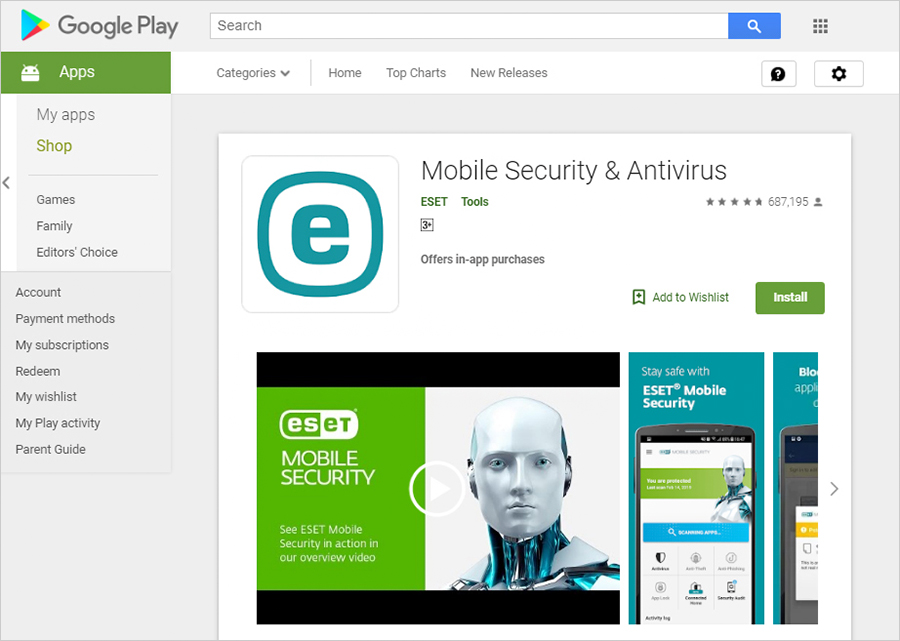
All the above apps extract information from you in some form. This makes mobile platforms the next likely target of hackers. The way out is through increasing adoption of encryption by mobile app development companies as well as the development of antivirus engines using AI. Attacks through Wi-Fi remain a particular concern among industry watchers.
Conclusion
Mobile apps have become an integral part of our life. We no longer think of hailing a cab but get a ride from Lyft. Our thinking has changed dramatically as these apps have altered our behavior.
It takes time for mobile technology to proceed from one level to the next. Barely 10 years ago, 3G connection and a tiny 3.5-inch screen with 320×480 resolution were considered latest tech. Today, we have come a long way since then. 2019 is almost the beginning of a new decade and as 5G gathers momentum there will be changes galore in the mobile app arena.


